The early ones: ripening sequence northcentral West Virginia, growing zone 6, 1000 feet elevation, east slope, wet spring now become dry: honeyberry (edible blue honeysuckle, typically small), followed by haskap (edible blue honeysuckle, typically larger), followed by small goumi, then near simultaneous large goumi and Juneberry and Nanking cherry. And then: Carmine Jewel cherry and mulberry and sweet cherry, now blushing into ripe, the Carmine Jewel with good flavor at blush ripe. Also, goji (badly neglected). Weeks long ripening overlaps between all these, except perhaps some of the earliest honeyberry.
By far, the most reliable and productive and easy to grow early fruits here are both goumis. Easily the earliest fruit to ripen is the edible blue honeysuckle, which if it had adequate deer protection could be a lot more competitive in production with the goumi. While preferring good soil, sun, and ample water, goumi can also muscle through on limited conditions of each better than other early tasty fruits. It also seems to require no pruning and its leaves and form hold up well during hot and dry times. The fruits may seem especially tart when the bush is young but they seem to sweeten with the age of the bush, also at any age if left to hang till dead ripe.
In the next wave of ripening, Carmine Jewel bush cherry seems to be the most reliable, productive, and easy to grow early fruit, though probably other early cherries – as mature trees – could match it. Carmine Jewel can become tree size moreso than goumi and other bushes. Juneberry also can be very productive as a very early fruit but can become a big tree, most varieties.





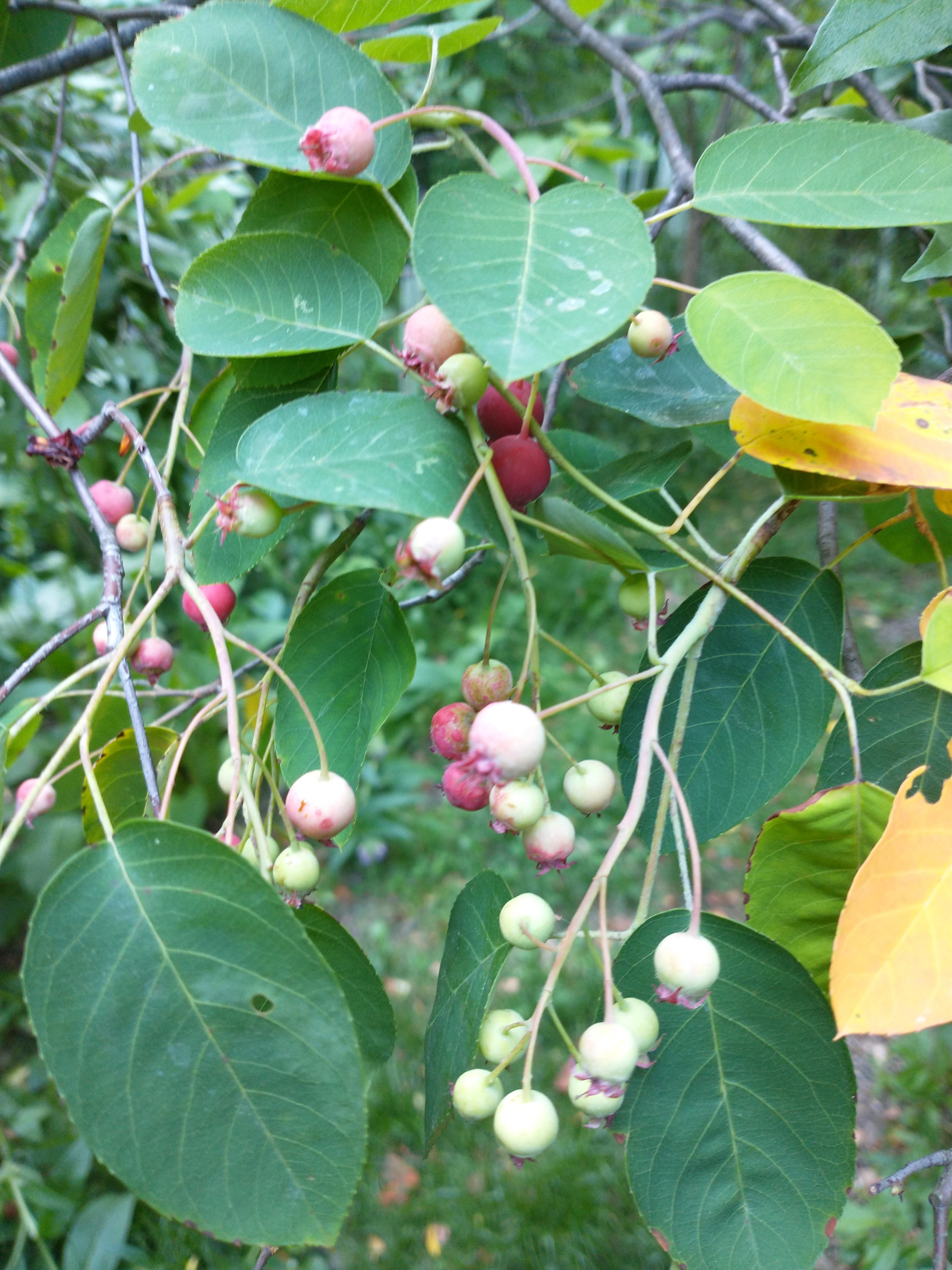



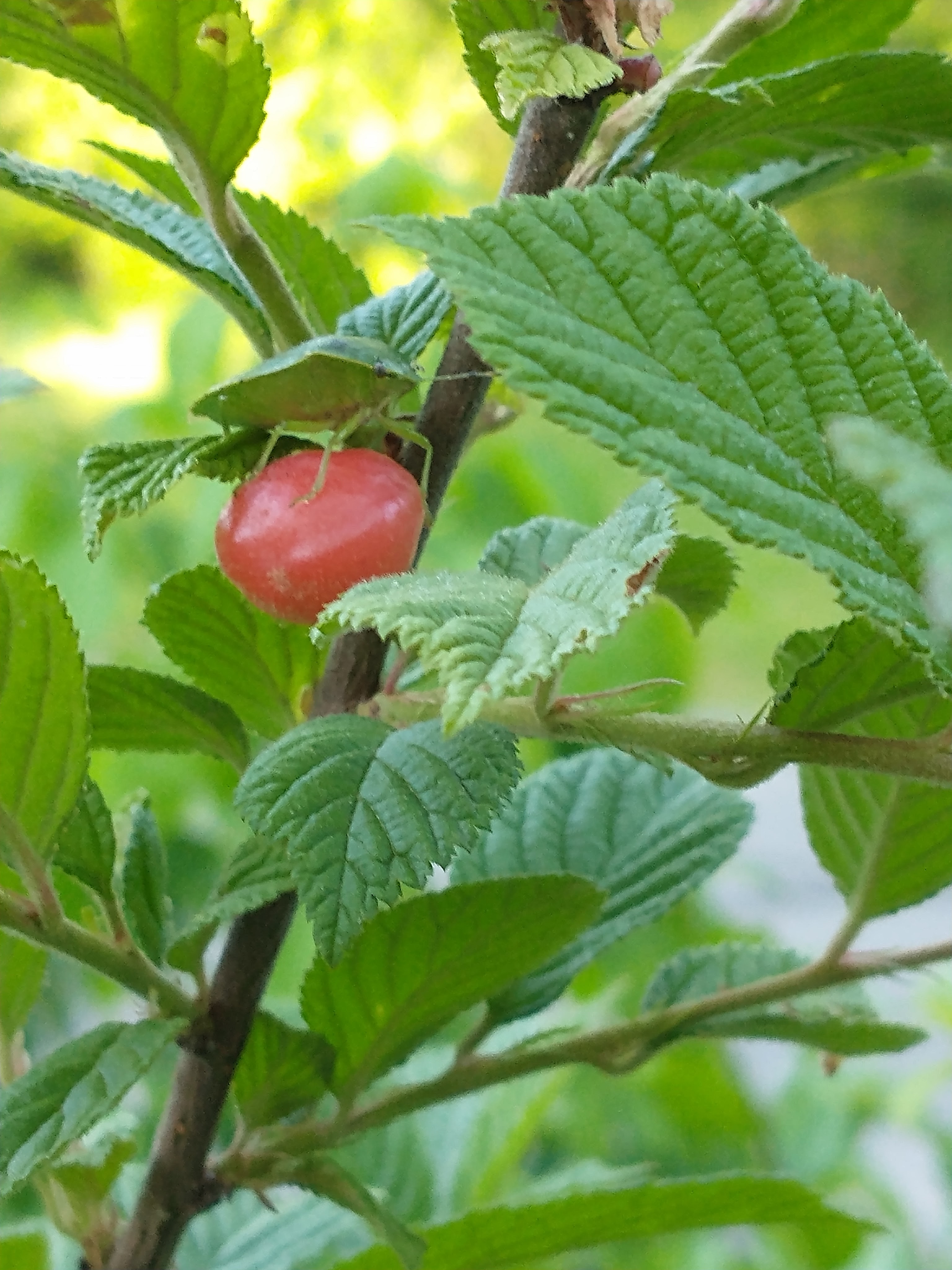

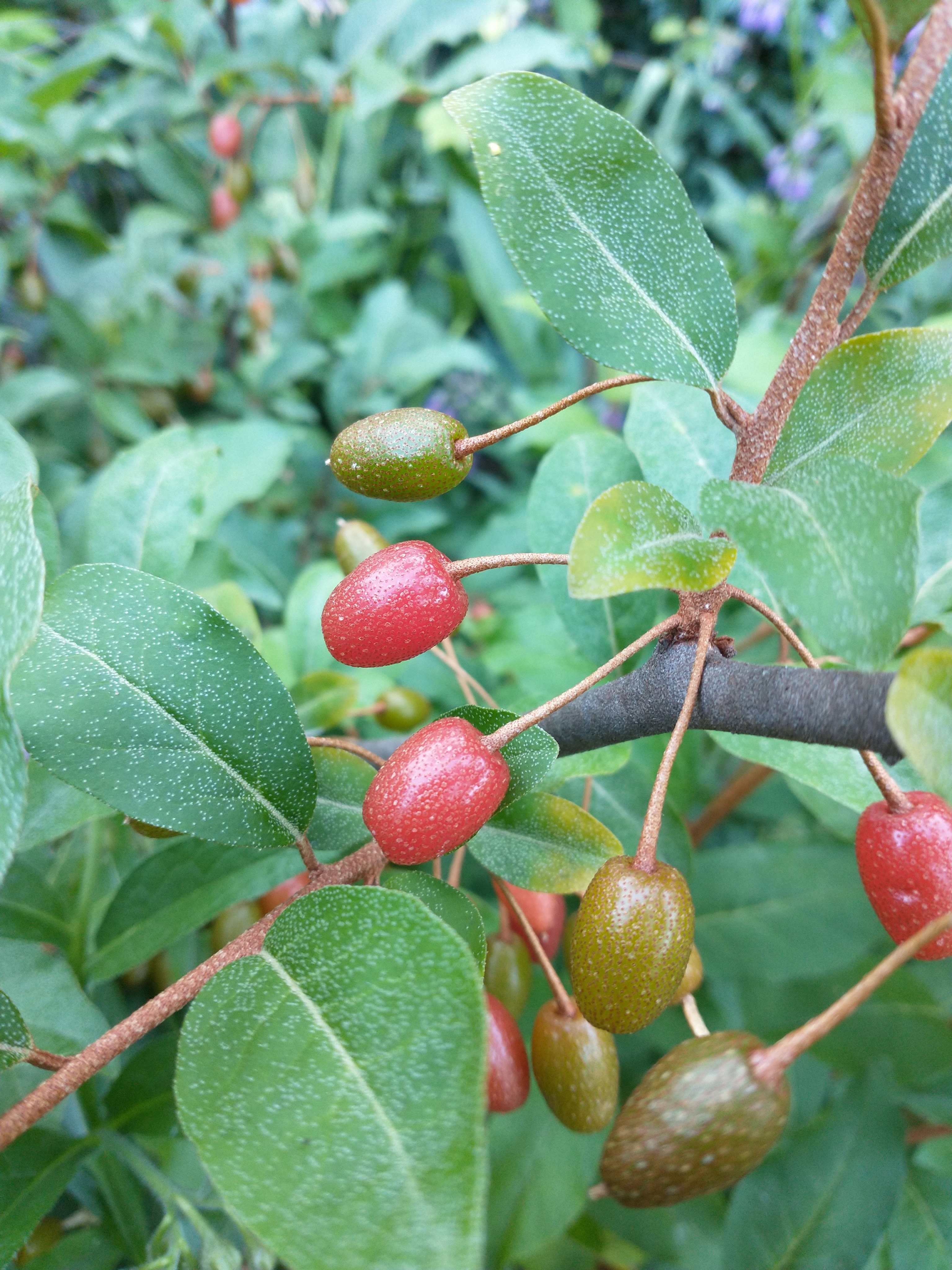



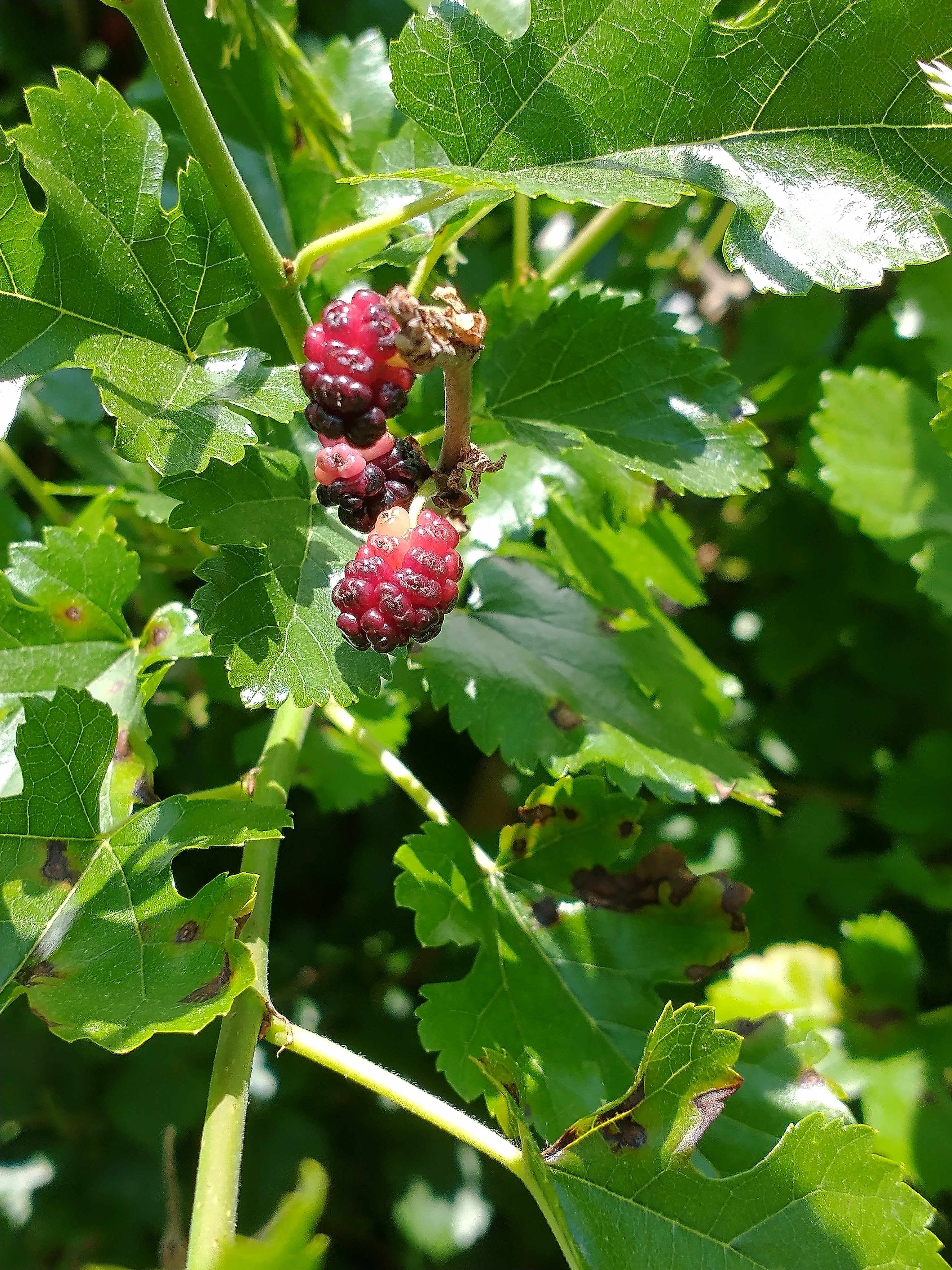


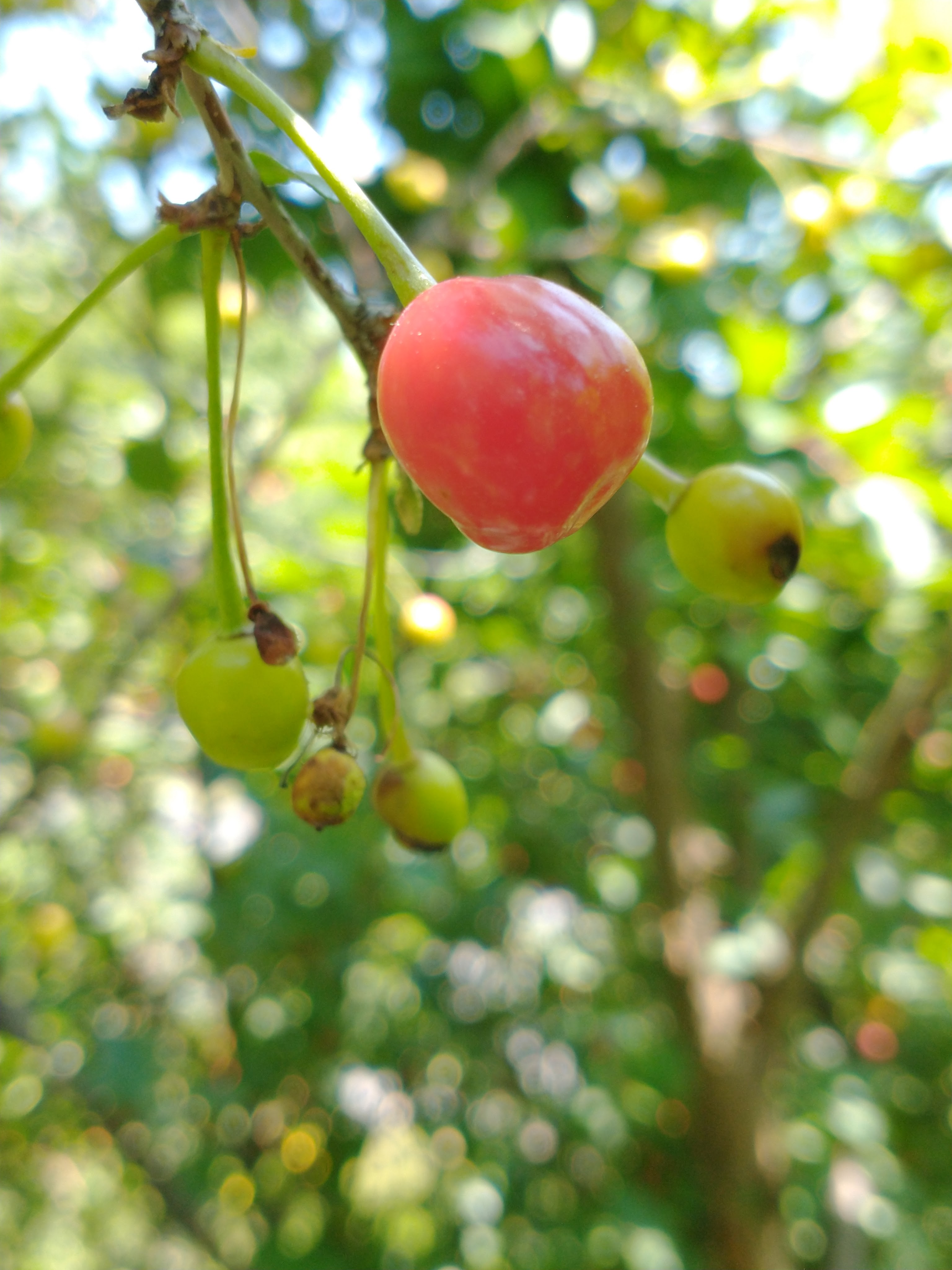
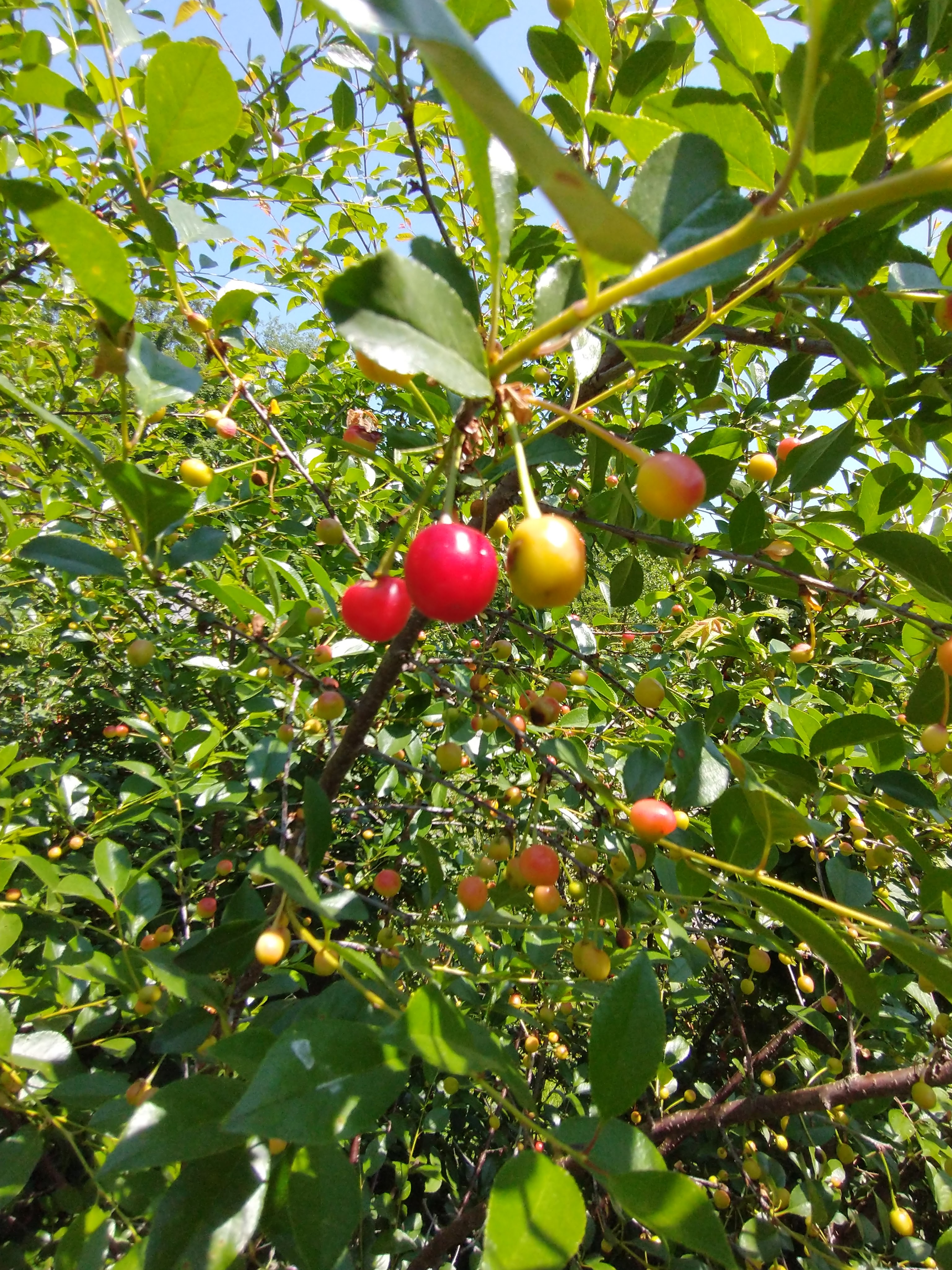






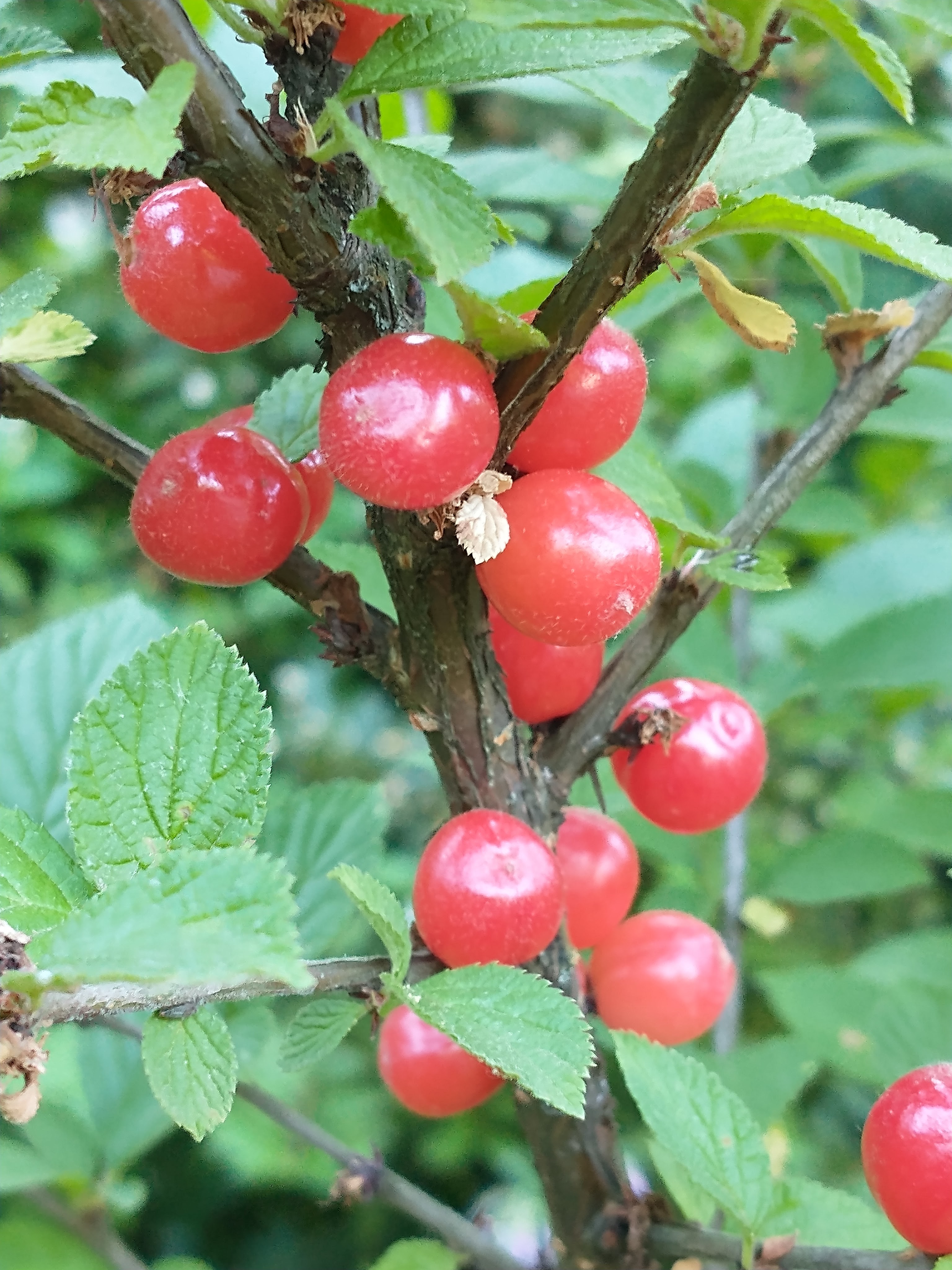

awesome! unfortunately every planted an wild/feral mulberry tree around town where im at in Petersburg WV got hit with frost an they are just now pushing out leaves. last year I was picking mulberries at this time but I dont think they are going to fruit here this year.
Ive been looking everywhere for Carmine/Tillamook goumi plants but always sold out everywhere. Im going to try finding Carmine/Tillamook scions. There are tons of autumn olive seedlings growing around where i live. Im going to dig some up for grafting goumi onto. Do you think goumi will graft on autumn olive?
LikeLike
There is definitely risk/reward with early blooming fruits, which seems to make black elderberry king for reliability. The oldtimers where I was raised in northern PA would talk about going black elderberry picking every year in the wild, but that’s all gone now, I assume because deer populations have been artificially increased, and deer eat black elderberry to the ground, among much else but wow do they love black elderberry. Seems quite possible to restore elderberry with work. I’m seeing similar possibilities in northern PA with juneberry, chokecherry, gooseberry, and more. A certain amount of at least initial protection is required most places where there is heavy deer pressure. And that’s to have the chance to dodge tough weather each year. Black elderberry is such genius in being a late bloomer that it makes me wonder why far more fruits don’t bloom late.
Especially on young plants, big goumi seems sweeter than small goumi, but here that difference in flavor has faded with the increased age of the bushes. For processing, the larger size would be preferable, I assume, but I far prefer the smaller size for fresh eating – more flavorful, smaller seed, less sloppy texture. Also, probably healthier given the higher skin to pulp ratio. On young bushes, the larger size can be tastier for fresh eating, but on mature bushes I find the opposite to be true. To some family members they seem to taste the same, which is how they appear, except in size, and there is a lot of overlap.
I did find goumi hard to root. Don’t know about grafting to autumn olive.
LikeLike